The Library of Consciousness
of Consciousness
Studio 2 Interview (1995)
In Search of the Original Tree of Knowledge
Terence shares his “Stoned Ape” theory—that psilocybin mushrooms drove human evolution by enhancing cognition and fostering social cohesion. He explores psychedelics’ power to dissolve the ego, open the Gaian mind, and guide us towards transcendence. McKenna also delves into the fractals of time, the Santa Claus-Amanita connection, and the radical implications of his Timewave Zero theory. A captivating look at psychedelics, consciousness, and the mysteries of the universe!
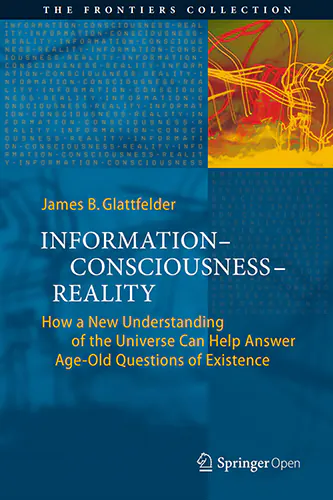
Information — Consciousness — Reality
This open access book chronicles the rise of a new scientific paradigm offering novel insights into the age-old enigmas of existence. Over 300 years ago, the human mind discovered the machine code of reality: mathematics. By utilizing abstract thought systems, humans began to decode the workings of the cosmos. From this understanding, the current scientific paradigm emerged, ultimately discovering the gift of technology. Today, however, our island of knowledge is surrounded by ever longer shores of ignorance. Science appears to have hit a dead end when confronted with the nature of reality and consciousness. In this fascinating and accessible volume, James Glattfelder explores a radical paradigm shift uncovering the ontology of reality. It is found to be information-theoretic and participatory, yielding a computational and programmable universe.
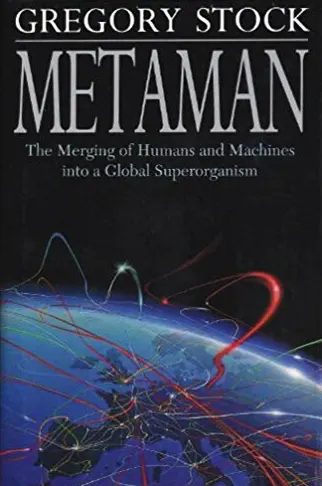
Metaman
In this visionary book, Gregory Stock gives us a new way of understanding our world and our future. He develops the provocative thesis that human society has become an immense living being: a global superorganism in which we humans, knitted together by our modern technology and communication, are like the cells in an animal's body. Drawing on impressive research, Stock shows this newly formed superorganism to be more than metaphor: it is an actual living creature, which he has named Metaman, meaning beyond and transcending humans.
Mind As Society
Conscious intelligence may be viewed as a computer system composed of many smaller parallel processing programs. Marvin Minsky, Ph.D., is one of the acknowledged founders of the mathematical theory of computation, artificial intelligence, and robotics. He argues that understanding the individual as a very sophisticated machine actually affirms human dignity.
Our Cyberspiritual Future
Terence holds court on our civilization's journey toward the eschaton at this weekend Esalen gathering. He riffs on topics from psychedelic states and alien intelligences to time travel and VR. McKenna argues we're evolving toward an unimaginable state of accelerating novelty, propelled by advancing technology. A mind-expanding ride for the open-minded psychonaut or armchair traveler, guided by one of the twentieth century's most eclectic thinkers.
Physics of Life, Time, Complexity, and Aliens
Sara Walker and Lex Fridman explore life’s grand mysteries, touching on the nature of existence and the origins of life to the potential of artificial intelligence and the future of consciousness. Walker’s unique perspective challenges conventional wisdom, inviting us to reconsider our place in the cosmic dance.
Religion for the Nonreligious
Shamanology
Terence McKenna illuminates the world of Amazonian shamanism and its visionary brew, ayahuasca. He presents these plant hallucinogens not as simple drugs, but as sophisticated indigenous technologies for exploring consciousness. McKenna argues they are vital tools for evolving language, deconditioning us from cultural myths, and navigating the future of human evolution as we journey into the cosmos and the imagination.
Technium Unbound
What comes after the Internet? What is bigger than the web? What will produce more wealth than all the startups to date? The answer is a planetary superorganism comprised of 4 billion mobile phones, 80 quintillion transistor chips, a million miles of fiber optic cables, and 6 billion human minds all wired together. The whole thing acts like a single organism, with its own behavior and character—but at a scale we have little experience with. This is more than just a metaphor. Kevin Kelly takes the idea of a global superorganism seriously by describing what we know about it so far, how it is growing, where its boundaries are, and what it will mean for us as individuals and collectively.
The Edge Runner
A presentation revolving around the question: what is going on in the universe? Special emphasis is given to the human condition, the accelerating complexification of the cosmos, and options for the human collectivity as it faces the future.
The Overview Effect
Viewing the Earth from space has often prompted astronauts to report overwhelming emotion and feelings of identification with humankind and the planet as a whole. In this article, we explore this experience, known as the “overview effect.” We examine astronaut accounts of the overview effect and suggest existing psychological constructs, such as awe and self-transcendent experience, that might contribute to a psychological understanding of this experience. We argue that the overview effect suggests directions for future research on altered states of consciousness in new contexts, with potential implications for better understanding well-being in isolated, confined, extreme (ICE) environments such as space flight.
The Rites of Spring
Terence McKenna theorizes that ingestion of psilocybin mushrooms catalyzed the emergence of human self-reflection. He argues that psilocybin enhanced visual acuity and symbol processing in early hominids, leading to the development of human consciousness. Psychedelic plants can accelerate cultural change by deconditioning rigid mindsets, according to McKenna. He envisions a future where machines have consciousness and visible language communicates meaning directly. Ultimately, McKenna foresees the impending transformation of humanity through imagination and connection with the mysterious Other.
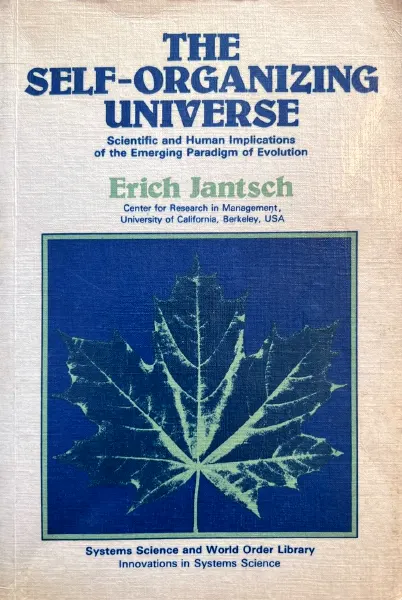
The Self-Organizing Universe
The evolution of the universe—ranging from cosmic and biological to sociocultural evolution—is viewed in terms of the unifying paradigm of self-organization. The contours of this paradigm emerge from the synthesis of a number of important concepts, and provide a scientific foundation to a new world-view which emphasizes process over structure, nonequilibrium over equilibrium, evolution over permanency, and individual creativity over collective stabilization. The book, with its emphasis on the interaction of microstructures with the entire biosphere, ecosystems etc., and on how micro- and macrocosmos mutually create the conditions for their further evolution, provides a comprehensive framework for a deeper understanding of human creativity in a time of transition.
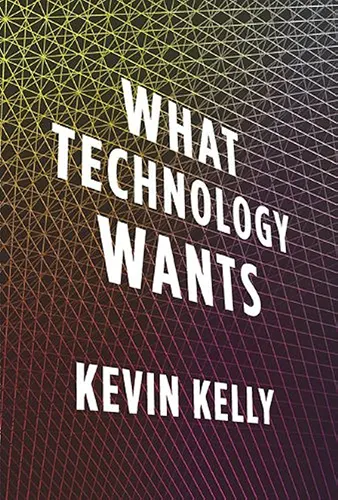
What Technology Wants
One of today's most respected thinkers turns the conversation about technology on its head by viewing technology as a natural system, an extension of biological evolution. By mapping the behavior of life, we paradoxically get a glimpse at where technology is headed—or "what it wants." Kevin Kelly offers a dozen trajectories in the coming decades for this near-living system. And as we align ourselves with technology's agenda, we can capture its colossal potential. This visionary and optimistic book explores how technology gives our lives greater meaning and is a must-read for anyone curious about the future.
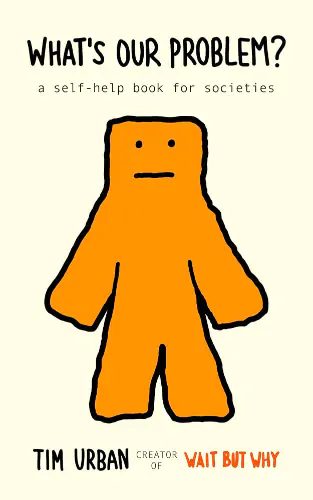
What's Our Problem?
What's Our Problem? is a deep and expansive analysis of our modern times, in the classic style of Wait But Why, packed with original concepts, sticky metaphors, and 300 drawings. The book provides an entirely new framework and language for thinking and talking about today's complex world. Instead of focusing on the usual left-center-right horizontal political axis, which is all about what we think, the book introduces a vertical axis that explores how we think, as individuals and as groups. Readers will find themselves on a delightful and fascinating journey that will ultimately change the way they see the world around them.